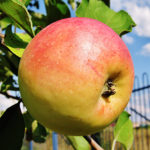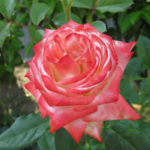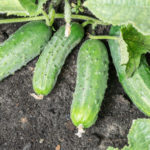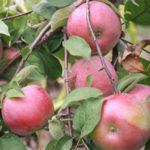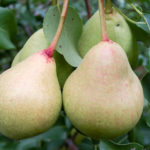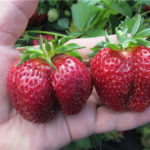Hydrangea panicle Bobo (Bobo)
Panicle hydrangeas are amazing plants. They, as a rule, bloom very luxuriantly, which is why they have a festive, almost solemn appearance. These noble creations of nature can make your garden, flower garden, courtyard, and just a personal plot elegant. Of the entire mass of hydrangeas of this type, a plant with the unusual name Bobo can be distinguished, which is very popular among flower growers.
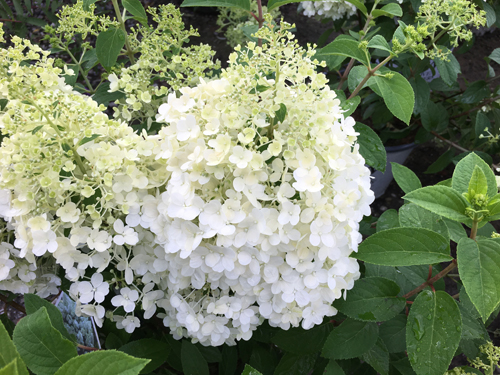
History of creation and description of the variety
The birthplace of Bobo is Belgium - a country of grace and antiquity. Breeders bred it in 2011. At the same time, the culture received an award at the prestigious European floral exhibition Florall as the best new variety. Today it is quite popular in different countries of the world. Another plant name: Hydrangea paniculata "Ilvobo".
Bobo is a dwarf panicle hydrangea. Its height does not exceed 100 cm, and most often is approximately 0.7 cm. The width of the plant is about half a meter. Of course, the bush looks very compact. Its shoots, colored red-brown, are straight and tough. Thanks to this feature, the shrub does not fall apart during flowering, but the stems themselves, being strewn with lush flower panicles, almost always droop. Small leaves of the culture are ovoid, dark green in color and jagged around the edges.
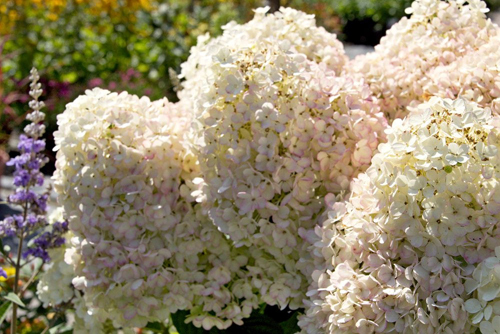
As for the flowering of Bobo, the first buds on the plant appear at the end of June. As they bloom, they turn into snow-white sterile flowers. However, their shade is gradually replaced by light pink or pale lemon color. To get the desired tone, you can add aluminum sulfate (to make the petals yellow) or iron (to form pink panicles) into the soil when planting a culture. The Bobo flowers themselves are small, while the inflorescences in which they are collected are large, conical or pyramidal in shape.
Panicle hydrangea blooms profusely, from mid-summer to late September. She rarely gets sick and is almost not damaged by insects. The plant has high winter hardiness: the shrub can withstand a drop in air temperature to -34 ° C.
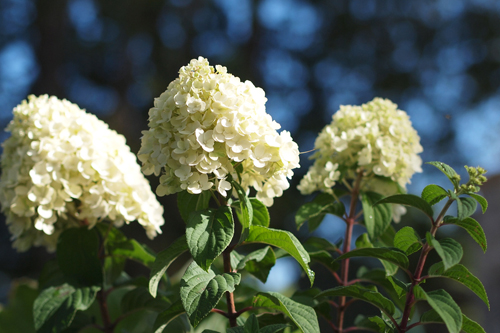
Features of growing and care
The decorative culture will be most comfortable where there is partial shade. When placing the shrub in a sunny place, there is a risk of burns on the leaves and flower petals. The plant reacts negatively to drafts and stagnant moisture in the soil.
Bobo is planted in spring or autumn. A loose nutrient soil with a slightly acidic reaction is chosen as a substrate. Keep in mind that the more acidic the soil under the flower, the richer and richer you will get the color of hydrangea inflorescences. A drainage layer is laid in the planting pit, which is covered with earth from above. Lime, chalk and other additives that neutralize the pH of the soil should not be present in the soil under the flower. The recommended composition of the soil mixture: peat, fertile leaf or sod land, sand and humus (ratio of components 2: 2: 1: 1). The bush should not be placed near moisture-loving trees, otherwise the lack of water for Bobo is inevitable.
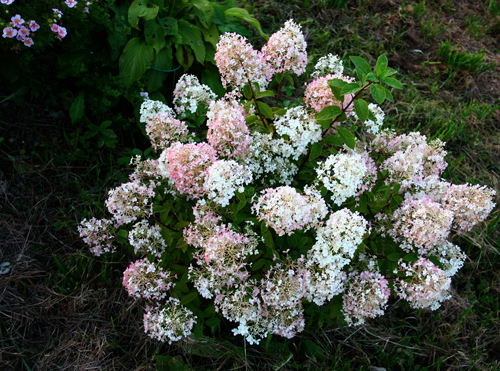
The plant is watered with settled cold water, and this is done 1-2 times a week. It is possible and more often, the main thing is that the soil under the flower does not dry out. Bobo does not tolerate soil compaction, so he needs regular loosening. After that, mulching is recommended to close the moisture in the soil. Fallen leaves or sawdust can play the role of mulch. Beginning in September, watering is reduced.
During the growing season, the hydrangea is fed regularly, namely twice a month. In the spring, organic fertilizer is used, in the bud formation phase - a liquid mixture of urea, potassium and superphosphate, in the midst of the flowering culture - mineral complexes.
The shrub is pruned annually. In early spring, healthy shoots of the plant are shortened, leaving 3-5 buds on them, and diseased, dry and damaged stems are removed. To rejuvenate the Bobo bush, you should cut it off, leaving only a low stump no more than 7 cm high.
Given the high frost resistance, this variety should be covered only when grown in the middle lane and northern regions of Russia. In the first case, this procedure is carried out exclusively for young specimens. The shrub is covered with earth and covered with a layer of peat or fallen leaves 10 cm thick.
Occasionally, there are cases of powdery mildew and chlorosis on the plant. To prevent the first disease 2-3 times per season, the culture is treated with a fungicide solution. In order to avoid the second disease, mineral fertilizing of hydrangeas is not neglected, including adding iron salts to the soil. Of the pests, the undersized beauty Bobo can be threatened by spider mites, which are fought by spraying the shrub with Fitoverm, as well as aphids, which disappear after using soap-garlic water, and slugs, which are destroyed with the help of molluscicides.
Use cases
A miniature deciduous shrub is ideal for creating picturesque borders and flower beds in the garden and on the plot. It goes well with pink or lilac phlox and other decorative flowering low perennials, but looks great on the lawn and all alone. The combination of this culture with varieties of large-leaved hydrangea is effective. You can also grow Bobo on the balcony, terrace in pots, containers. This option will be appreciated by people living in a city apartment. In addition, Bobo is often used in landscaping to decorate parks and squares.
